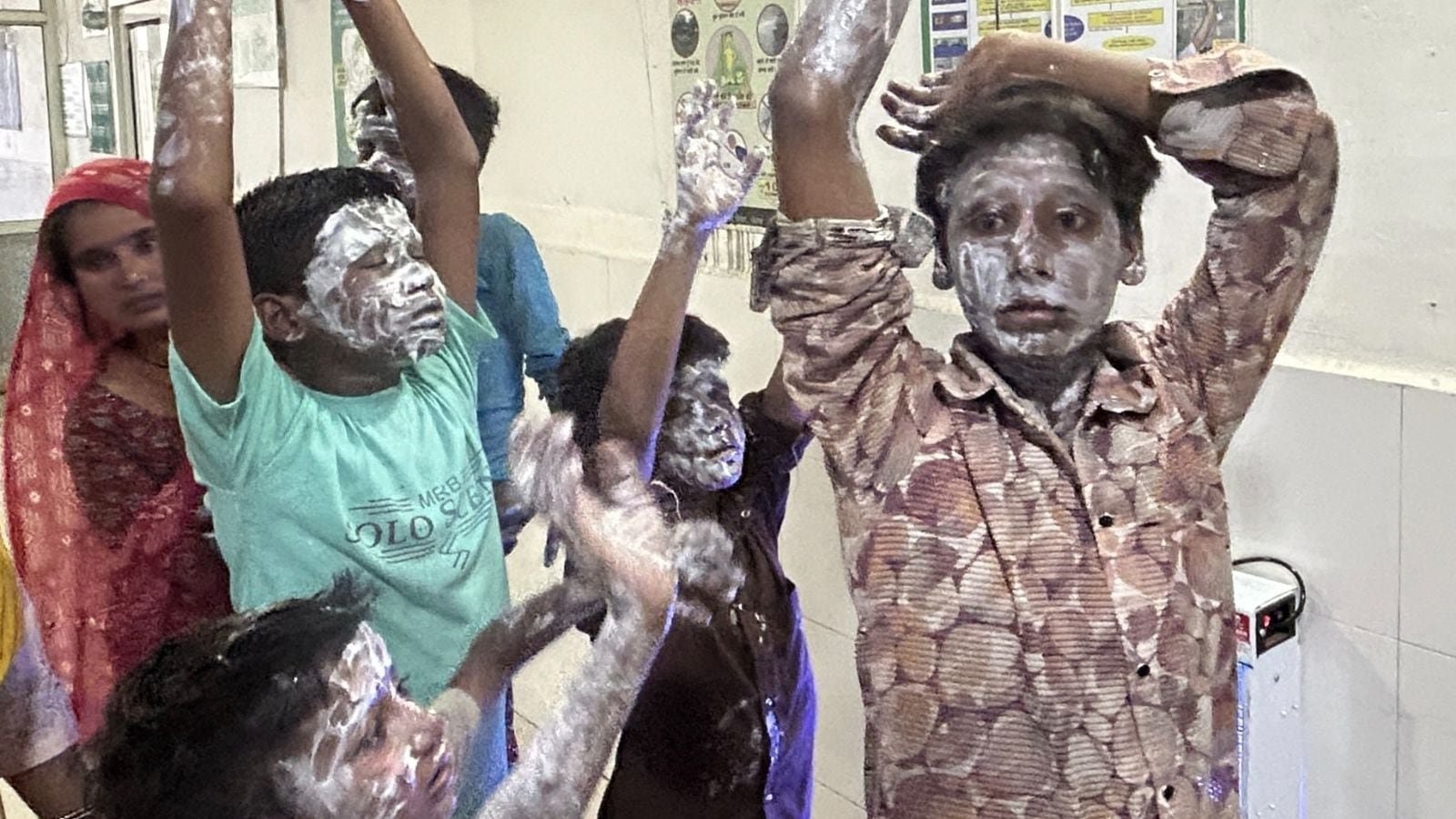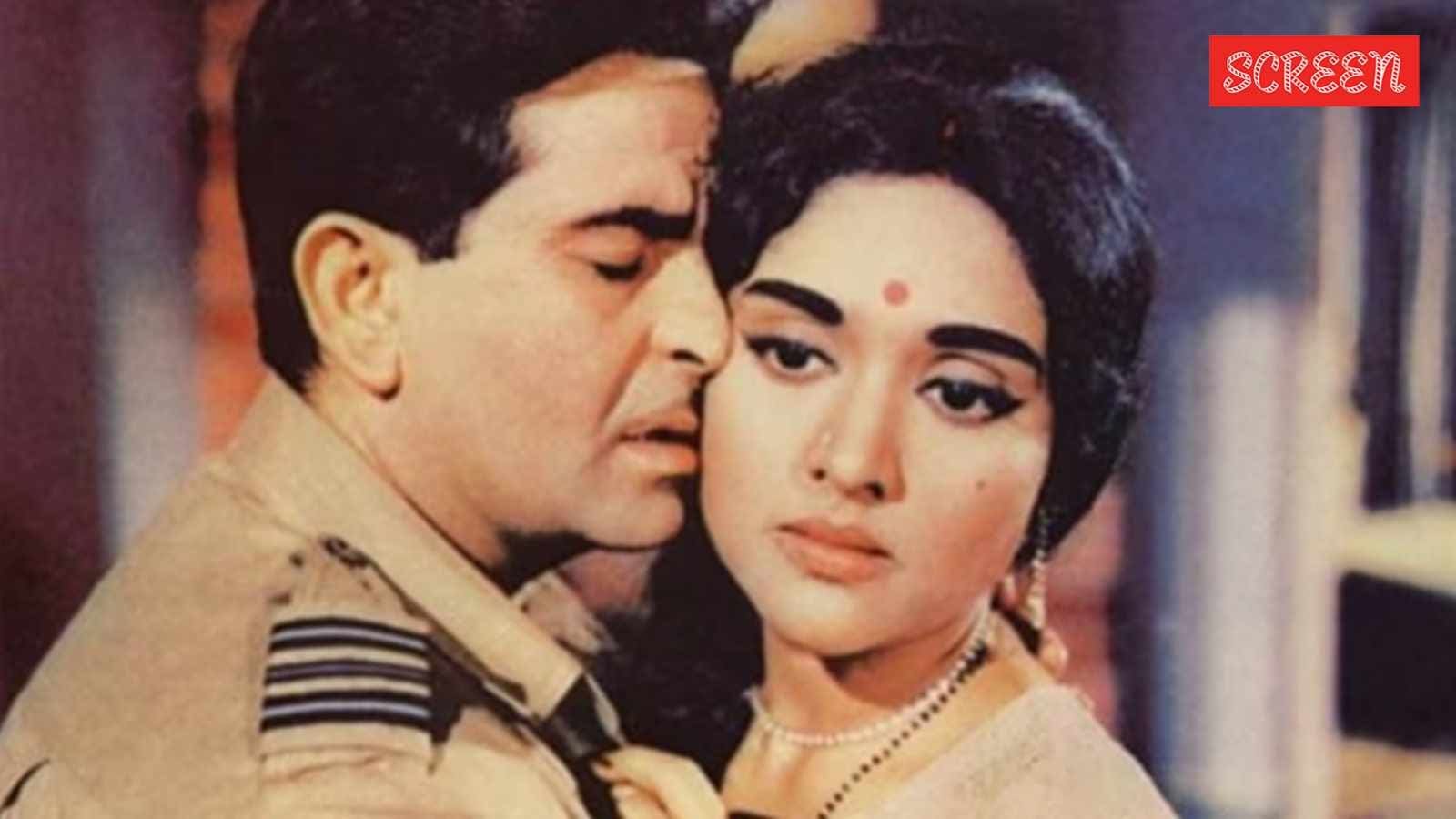The festive night of Diwali on Monday turned painful for many as city hospitals witnessed more than 300 cases of firecracker-related injuries. A total of 26 patients with eye injuries were treated at the PGIMER’s Advanced Eye Centre, while GMCH-32 reported 36 patients injured due to fireworks. Across GMSH-16 and the three civil hospitals, another 193 burn cases and 53 eye injury cases were recorded.
In view of Diwali and expecting emergencies due to cracker injuries, hospitals had made special arrangements to ensure immediate treatment to patients reporting to the emergency services. At the PGIMER, doctors, nursing staff and other allied staff have been posted on special emergency duty round the clock from October 20 till 8 am on October 22.
The maximum injuries in the PGIMER, 11, were caused by a bullet bomb, followed by four by sky shot, three by rocket, one by phuljhari, one by lantern candle wax, and one by potash gun.
Out of 26 patients at the PGIMER, 10 patients needed surgery and all have been operated upon. Nineteen patients had closed globe injuries, out of which four had serious injuries. A first-year college student from Mandi reached the Advanced Eye Centre with a serious injury in her left eye, referred by the local doctor.
“I was standing at a reasonable distance from where a group of family friends were bursting firecrackers, when suddenly I felt a sharp object hit my eye, the remains of a bomb, causing my glasses to break, with the eye damaged both due to burns and the glass. I was given first aid, and some eye drops and rushed here,” she said.
At the PGIMER, in 2022, there were 40 cases of eye injuries, with 35 faced by men, and five by women. In 2023, the total number of such cases were 41, with 33 males and 8 women, while in 2024, the number was 21, with 16 males and 5 females. This year, out of the total number of 26, there were 23 males and three females, and 13 (50 per cent) of the 26 patients were children less than 14 years of age, with the youngest being three years old.
According to Dr Faizal from the Advanced Eye Centre, four patients suffered up to 90 per cent vision loss, while two had extremely severe injuries with minimal chances of visual recovery. There were 14 patients from the Tricity — nine from Chandigarh and five from Mohali — and the remaining 12 patients were from the neighbouring states of Punjab (8), Haryana (1), and Himachal Pradesh (3). Eleven patients were observers/bystanders, and the rest 15 were bursting crackers themselves.
7 burn patients reported to PGIMER’s Plastic Surgery Department
Story continues below this ad
Seven patients reported to the Department of Plastic Surgery, PGIMER, with injuries related to firecrackers. Three patients had hand injuries because of firecrackers bursting in the hand, one patient had facial injuries because of bursting firecrackers. All have been operated upon in the ATC. One patient who had less than three per cent thermal burns was discharged after treatment. Two patients had major burns and are being managed in the Burn ICU and HDU under the Department of Plastic Surgery.
Meanwhile, the Government Medical College and Hospital (GMCH-32) reported 36 firecracker-related patients, including 22 from Chandigarh, six from Punjab, four from Haryana, and three from Himachal Pradesh. Of these, 17 had eye injuries, while the remaining sustained burns or hand and face injuries.
“Most patients had irritation or minor burns in the eyes due to gunpowder or sparks. The number of cases, which had declined over the last few years, has risen again this Diwali,” Dr Suresh Kumar, Head of the Eye Department, said.
Two patients, including a child, suffered severe eye damage, and their vision outcome will take time to assess.
Story continues below this ad
At the GMSH-16 and the three civil hospitals (Manimajra, Sector 22, and Sector 45), on Diwali night, 193 people suffered burn injuries, with the highest being 100 cases at GMSH-16, followed by 41 in Manimajra, 7 in Sector 22, and 45 in Sector 45 hospital.
Additionally, 53 patients reported eye injuries, including 40 at GMSH-16, seven in Manimajra, two in Sector 22, and four in Sector 45. Eight patients with serious eye injuries were referred to the PGIMER for advanced care. Hospitals also reported 20 road accident cases, mostly handled at the GMSH-16.
Prof Dr Vishali Gupta of the Advanced Eye Centre, PGIMER, says the nature of injuries vary from mild ones, where a spark lands in the eye and there is an abrasion on the cornea, to severe complications, where practically the whole eye is damaged due to the impact of a firecracker hitting the eye. “This is due to thermal injury caused by heat, as well as the velocity with which the cracker hits the eye. Many major injuries happen to bystanders who are gazing into the sky to watch fireworks. Often, remnants and particles fall back on the ground after they burn out at great speed and may hurt the eyes of a person. These are among the most severe injuries, which can damage all the structures, including the cornea, lens, and retina,” Gupta explained.




